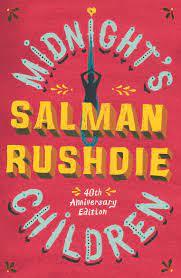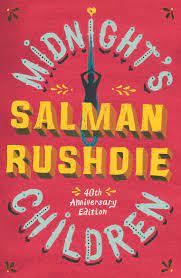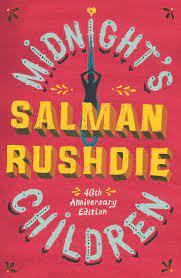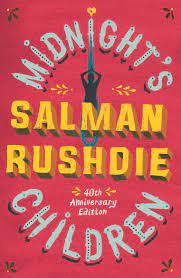



"Midnight's Children," a literary tour de force by Salman Rushdie, stands as a seminal work in postcolonial literature. The novel weaves a rich tapestry of historical events, magical realism, and multifaceted characters to explore the complexities of identity and the shaping of the postcolonial Indian nation. Among the myriad of challenging themes in the novel, the topic of "Identity" emerges as a compelling and thought-provoking subject. This essay delves into the layers of "Midnight's Children," analyzing how Rushdie masterfully explores the intricacies of identity in the context of historical events and magical realism, creating a vivid and engaging narrative that captivates readers throughout its journey.
I. Historical Background: The Birth of a Nation
To understand the complexities of identity in "Midnight's Children," we must first delve into the historical backdrop of the novel. The story is set against the tumultuous era of India's independence and partition, where the nation struggles to carve its identity amidst the legacy of colonialism. Rushdie crafts his protagonist, Saleem Sinai, as a metaphorical representation of the newborn nation and its journey of self-discovery amidst the historical upheaval.
II. Magical Realism: A Tantalizing Blend of Reality and Fantasy
One of the most engaging aspects of "Midnight's Children" is its use of magical realism. Rushdie imbues the narrative with fantastical elements, such as children born at the stroke of midnight gaining unique powers. These supernatural elements not only add a surreal quality to the story but also serve as a metaphorical exploration of India's complex identity, merging history, memory, and imagination into a captivating tapestry.
III. Saleem Sinai: A Multifaceted Identity
Central to the novel is the character of Saleem Sinai, born at the precise moment of India's independence. Saleem's telepathic abilities connect him to other "midnight's children," each with their own unique gifts. As he grapples with his extraordinary abilities, Saleem simultaneously embodies the collective consciousness of the nation, reflecting the complexities of India's diverse identity.
IV. The "Other" and Hybrid Identity
In "Midnight's Children," Rushdie delves into the notion of the "other" as characters navigate the dichotomy of their national and personal identities. Characters like Shiva, Saleem's nemesis and his alter ego, represent the idea of an alternate identity that is both threatening and entwined with Saleem's own self.
V. Language and Postcolonial Identity
Rushdie's intricate prose itself becomes a powerful tool in shaping the novel's exploration of identity. The use of different languages, dialects, and linguistic experiments mirror the linguistic diversity of India and its influence on individual and national identities.
VI. The Partition of India: Identity and Fragmentation
The partition of India plays a pivotal role in the novel, highlighting the fragmentation of identities along religious lines. Rushdie skillfully navigates the emotional and psychological toll of partition, portraying the trauma and loss experienced by individuals caught in the upheaval.
VII. Cultural Identity and Memory
The novel weaves together a complex tapestry of cultural identities, reflecting India's diverse heritage. The retelling of ancestral stories, myths, and legends serve as a connection to the past and a means to construct personal and collective identities.
VIII. The Dilemma of Dual Allegiance
"Midnight's Children" delves into the dilemmas faced by characters who harbor dual allegiances. Whether it is through Saleem's inner conflict between his biological and foster families or the choices made by characters during moments of political unrest, Rushdie explores the complexities of divided loyalties and their impact on identity.
IX. An Evolving Identity: From Past to Present
The novel's narrative unfolds over several decades, allowing readers to witness the evolution of India's identity. Rushdie portrays the changing political landscape, from the euphoria of independence to the disillusionment and challenges of nation-building.
Conclusion:
Salman Rushdie's "Midnight's Children" presents a mesmerizing exploration of identity, history, and magical realism, making it an enduring masterpiece of postcolonial literature. Through the intricate portrayal of characters like Saleem Sinai, the novel embodies the collective consciousness of India, grappling with its complex identity as a newly independent nation. The seamless interweaving of historical events, magical elements, and diverse cultural identities captivates readers, challenging them to reflect on the intricacies of their own identities. As "Midnight's Children" traverses the realms of history, memory, and imagination, it leaves an indelible impression on its readers, urging them to ponder the timeless question of who we are amidst the ebb and flow of the ever-changing tides of identity.